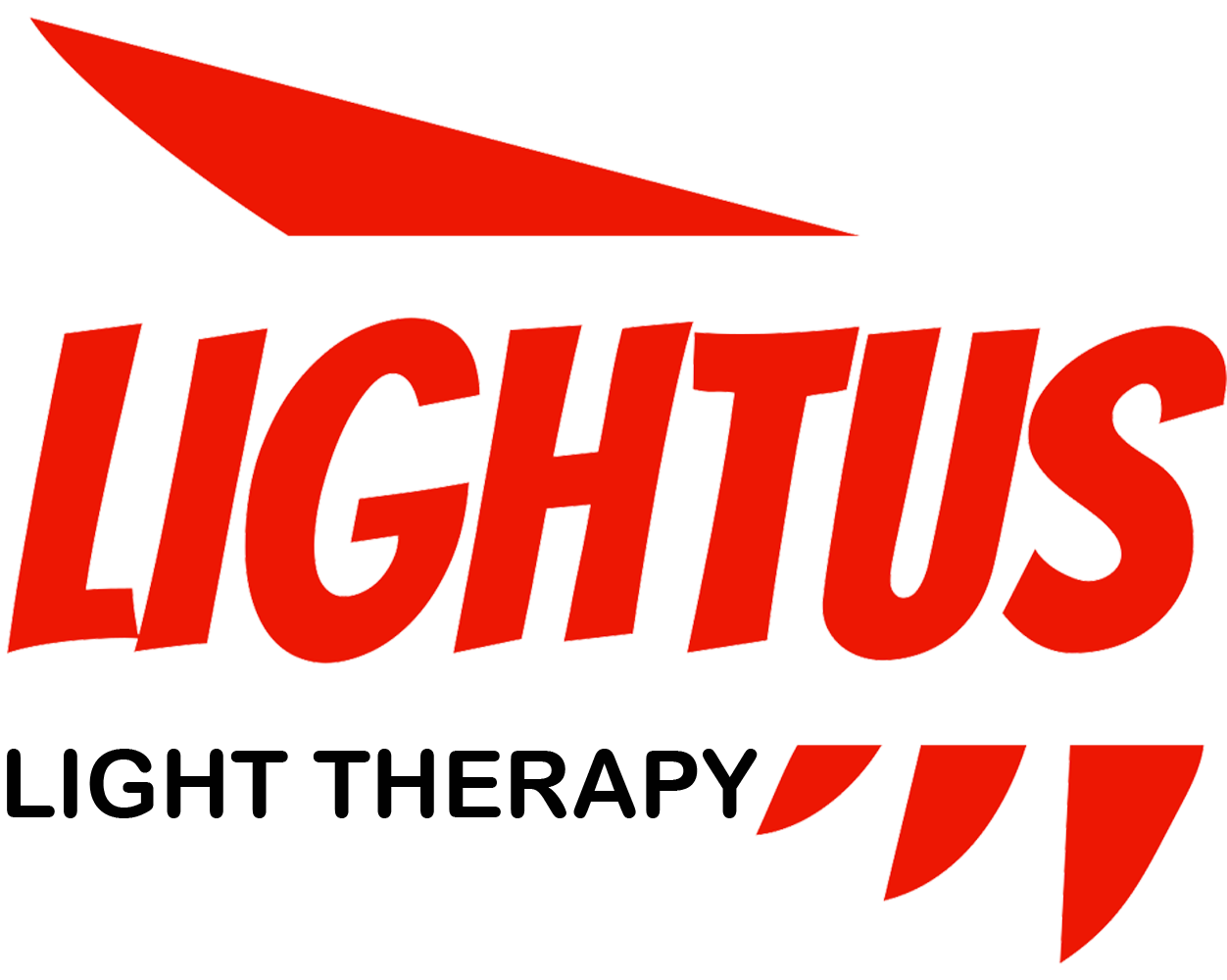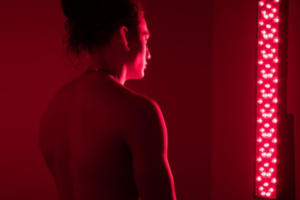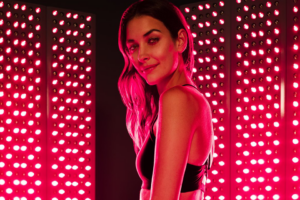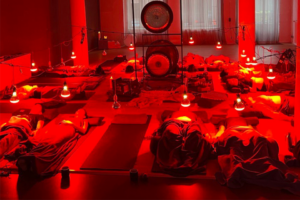The Power of Red Light Therapy: Benefits, Science, and Safety

Red light therapy has emerged as a fascinating and potentially game-changing treatment in the world of health and wellness. This non-invasive approach uses specific wavelengths of light to potentially improve various aspects of our health, from skin rejuvenation to pain relief. In this comprehensive guide, we’ll explore the ins and outs of red light therapy, its potential benefits, how it works, and what you need to know before trying it out. Whether you’re a curious newcomer or someone looking to deepen their understanding, this article will shed light on this innovative treatment.
Table of Contents
What Is Red Light Therapy and How Does It Work?
Red light therapy, also known as photobiomodulation or low-level light therapy, is a treatment that exposes your body to low levels of red or near-infrared light. But how exactly does it work?The science behind red light therapy is based on the principle that certain wavelengths of light can penetrate the skin and be absorbed by cells. Specifically, red light (wavelengths around 660nm) and near-infrared light (wavelengths around 850nm) are thought to stimulate cellular function.When these wavelengths of light are absorbed by the mitochondria (the powerhouses of our cells), it’s believed to enhance energy production. This increased cellular energy may lead to various beneficial effects throughout the body.Red light therapy devices typically use LED lights to produce these specific wavelengths. Unlike UV light, which can damage the skin, red and near-infrared light are considered safe for regular use.
The Potential Benefits of Red Light Therapy: What Does the Science Say?
Red light therapy has been studied for a wide range of potential benefits. Here are some of the most promising areas of research:
- Skin Health and Anti-Aging: Many studies have found that red light therapy may improve skin health by reducing wrinkles, promoting collagen production, and improving skin tone.
- Pain Relief: Red light therapy has shown promise in reducing chronic pain, including joint pain and muscle soreness.
- Wound Healing: Some research suggests that red light therapy may accelerate wound healing and reduce scarring.
- Hair Growth: LED red light therapy hats are being studied for their potential to stimulate hair growth in people with androgenetic alopecia.
- Improved Sleep: Exposure to red light in the evening may help regulate circadian rhythms and improve sleep quality.
- Reduced Inflammation: Red light therapy may have anti-inflammatory effects, which could benefit various health conditions.
While these potential benefits are exciting, it’s important to note that more research is needed to fully understand the effects of red light therapy.
Is Red Light Therapy Safe? Understanding the Risks and Side Effects
One of the most common questions about red light therapy is whether it’s safe. The good news is that red light therapy is generally considered safe when used as directed. Unlike UV light, red and near-infrared light do not damage skin cells or increase the risk of skin cancer.However, like any treatment, there are some potential side effects to be aware of:
- Temporary redness or warmth in the treated area
- Mild eye strain if proper eye protection isn’t used
- Headache or dizziness in some people
It’s important to note that red light therapy isn’t suitable for everyone. People with certain conditions, such as a history of skin cancer or those taking medications that increase light sensitivity, should consult with a healthcare provider before trying red light therapy.
How to Use Red Light Therapy: Tips for Getting Started
If you’re interested in trying red light therapy, here are some tips to get you started:
- Choose the Right Device: There are many red light therapy devices available, from handheld units to full-body panels. Consider your specific needs when selecting a device.
- Follow Instructions: Always follow the manufacturer’s instructions for your specific device.
- Be Consistent: Most studies on red light therapy involve regular treatments over several weeks or months.
- Protect Your Eyes: While red light isn’t harmful to the eyes like UV light, it’s still recommended to wear eye protection during treatments.
- Start Slowly: Begin with shorter sessions and gradually increase the duration as recommended by the device manufacturer or your healthcare provider.
Red Light Therapy vs. Other Light Treatments: What’s the Difference?
It’s important to understand that red light therapy is different from other light-based treatments:
- Blue Light Therapy: Often used for acne treatment, blue light targets different cellular mechanisms than red light.
- UV Light Therapy: Used for conditions like psoriasis, UV light therapy can damage skin cells and increase cancer risk, unlike red light therapy.
- Infrared Saunas: While these also use infrared light, they primarily work by heating the body, whereas red light therapy’s effects are not heat-dependent.
The Science Behind Red Light Therapy: How Does It Affect Our Cells?
To truly understand red light therapy, we need to delve into the cellular level. When red and near-infrared light penetrate the skin, they’re absorbed by photoacceptors in our cells, primarily in the mitochondria.This absorption is thought to trigger several effects:
- Increased ATP Production: ATP is the energy currency of our cells. Red light therapy may boost ATP production, giving cells more energy to function optimally.
- Reduced Oxidative Stress: Some studies suggest that red light therapy can reduce oxidative stress, which is linked to many chronic diseases and aging.
- Increased Collagen Production: In skin cells, red light therapy may stimulate collagen production, which is crucial for skin elasticity and wound healing.
- Improved Blood Flow: Some research indicates that red light therapy can increase circulation in the treated areas.
While these mechanisms are still being studied, they provide a foundation for understanding how red light therapy might produce its various effects.

Red Light Therapy for Skin Health: Can It Really Turn Back the Clock?
One of the most popular uses of red light therapy is for skin health and anti-aging. But can it really help you achieve younger-looking skin?Several studies have shown promising results:
- A 2014 study found that red light therapy improved skin complexion and skin feeling, as well as collagen density.
- Another study in 2013 showed that red light therapy could reduce wrinkles around the eyes.
Red light therapy may benefit the skin in several ways:
- Stimulating Collagen Production: Collagen is crucial for skin elasticity and firmness.
- Reducing Inflammation: This can help with conditions like rosacea and eczema.
- Improving Blood Circulation: Better circulation can give skin a healthier glow.
While red light therapy shows promise for skin health, it’s important to have realistic expectations. It’s not a miracle cure for aging, but rather a tool that may help improve skin health when used consistently over time.
Can Red Light Therapy Help with Pain Relief?
Another exciting potential application of red light therapy is pain relief. Many people are turning to red light therapy devices as a non-invasive, drug-free way to manage various types of pain.Research in this area has shown some promising results:
- A 2019 review found that red light therapy could be effective for both acute and chronic pain.
- Studies have shown potential benefits for conditions like osteoarthritis, tendinitis, and low back pain.
The pain-relieving effects of red light therapy are thought to be due to its ability to:
- Reduce inflammation
- Increase blood flow to the affected area
- Stimulate cellular repair processes
While more research is needed, red light therapy offers a promising alternative or complement to traditional pain management strategies.
Red Light Therapy for Hair Growth: A New Solution for Hair Loss?
Hair loss is a common concern, and red light therapy has emerged as a potential treatment. LED red light therapy hats and caps are becoming increasingly popular for those looking to stimulate hair growth.But does it work? Here’s what the science says:
- A 2013 study found that red light therapy increased hair count in men with androgenetic alopecia.
- Another study in 2017 showed that red light therapy was effective in promoting hair growth in both men and women.
The mechanism behind this effect isn’t fully understood, but it’s thought that red light therapy may:
- Stimulate dormant hair follicles
- Increase blood flow to the scalp
- Reduce inflammation that may contribute to hair loss
While results can vary, red light therapy offers a non-invasive option for those struggling with hair loss.
Choosing the Right Red Light Therapy Device: What to Look For
With the growing popularity of red light therapy, there’s now a wide range of devices available for home use. But how do you choose the right one? Here are some factors to consider:
- Light Wavelength: Look for devices that offer both red (660nm) and near-infrared (850nm) light for maximum benefits.
- Power Output: Higher power devices may be more effective but also more expensive.
- Treatment Area: Consider whether you need a small device for targeted treatment or a larger panel for full-body therapy.
- FDA Clearance: While not all effective devices are FDA-cleared, this can be a good indicator of quality and safety.
- Ease of Use: Consider factors like corded vs. cordless, treatment time, and ease of positioning.
Remember, the best full body red light therapy device for you will depend on your specific needs and budget.
The Future of Red Light Therapy: What’s Next?
As research into red light therapy continues, we’re likely to see exciting developments in the future:
- More targeted treatments for specific conditions
- Combination therapies that pair red light with other treatments
- Improved understanding of optimal treatment protocols
- Integration of red light therapy into mainstream medical practices
While there’s still much to learn about red light therapy, its potential to offer non-invasive, drug-free treatments for a wide range of conditions makes it an exciting field to watch.
Key Takeaways: What You Need to Remember About Red Light Therapy
To wrap up, here are the most important points to remember about red light therapy:
- Red light therapy uses specific wavelengths of light to potentially improve cellular function
- It’s being studied for a wide range of benefits, including skin health, pain relief, and hair growth
- Red light therapy is generally considered safe, with few side effects
- Consistency is key – regular treatments over time are typically needed to see results
- While promising, more research is needed to fully understand the effects of red light therapy
- Always consult with a healthcare provider before starting any new treatment regimen
Red light therapy offers an exciting frontier in health and wellness. As research continues to evolve, it may open up new possibilities for non-invasive, natural approaches to improving our health and well-being.
A typical red light therapy device used for full-body treatment






